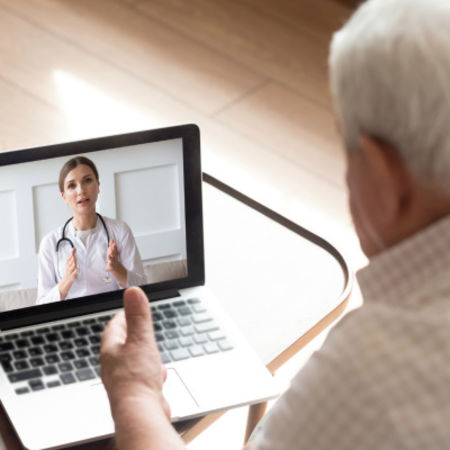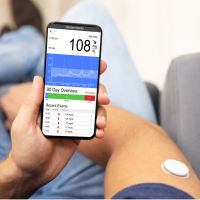With pandemic-induced lockdowns and travel curbs, telemedicine offers a safe and convenient way to meet the healthcare needs of patients without leaving their home. However, in the U.S., new research shows many older adults (65 years and above) – who are more vulnerable to COVID-19 infection – are not ready for video visits mainly due to inexperience with technology.
You might also like:Who Uses Telemedicine?
Based on this study (Lam et al. 2020), it is estimated that 13 million older adults in the U.S. may have trouble accessing telehealth services. Besides lack of familiarity with audio-visual technology, common physical disabilities in the elderly (hearing and vision impairments, speech problems or dementia) make it difficult for them to take advantage of video visits.
While telephone consultation could improve access to older patients who are non-tech savvy or have poor eyesight, researchers point out that phone visits may be inadequate for care that necessitates visual assessment by doctors. Notably, about 20% of older patients were unready for phone visits due to difficulty hearing, difficulty communicating, or dementia, according to the study.
The researchers from University of California-San Francisco performed a cross-sectional study of community-dwelling adults (N = 4,525) to assess the prevalence of telemedicine unreadiness. They utilised 2018 data from the National Health and Aging Trends Study, which is representative of Medicare beneficiaries aged 65 or older.
For this study, ‘unreadiness’ was defined as meeting any of the following criteria for disabilities or inexperience with technology:
- Difficulty hearing well enough to use a telephone (even with hearing aids)
- Problems speaking or making oneself understood
- Possible or probable dementia
- Difficulty seeing well enough to watch television or read a newspaper (even with glasses)
- Owning no internet-enabled devices or being unaware of how to use them
- No use of email, texting, or internet in the past month
Using multivariable logistic regression, the researchers determined the adjusted odds of not being ready for video visits by age, sex, race/ethnic background, rurality, marital status, educational level, income and self-rated health.
According to the results, patients who were older, male, unmarried, of Black or Hispanic race, residing in a nonmetropolitan area, and with less education, lower income and poorer self-reported health were the ones unprepared for using telemedicine. Overall, 72% of adults who were 85 years or older were unready for telemedicine.
The study's findings highlight the need for healthcare providers to recognise that for some patients, such as those with dementia and social isolation (no relatives to provide care support), in-person visits are already difficult and telemedicine may not be an option. For this patient population, the researchers note, alternative models of care such as home visits are imperative.



























